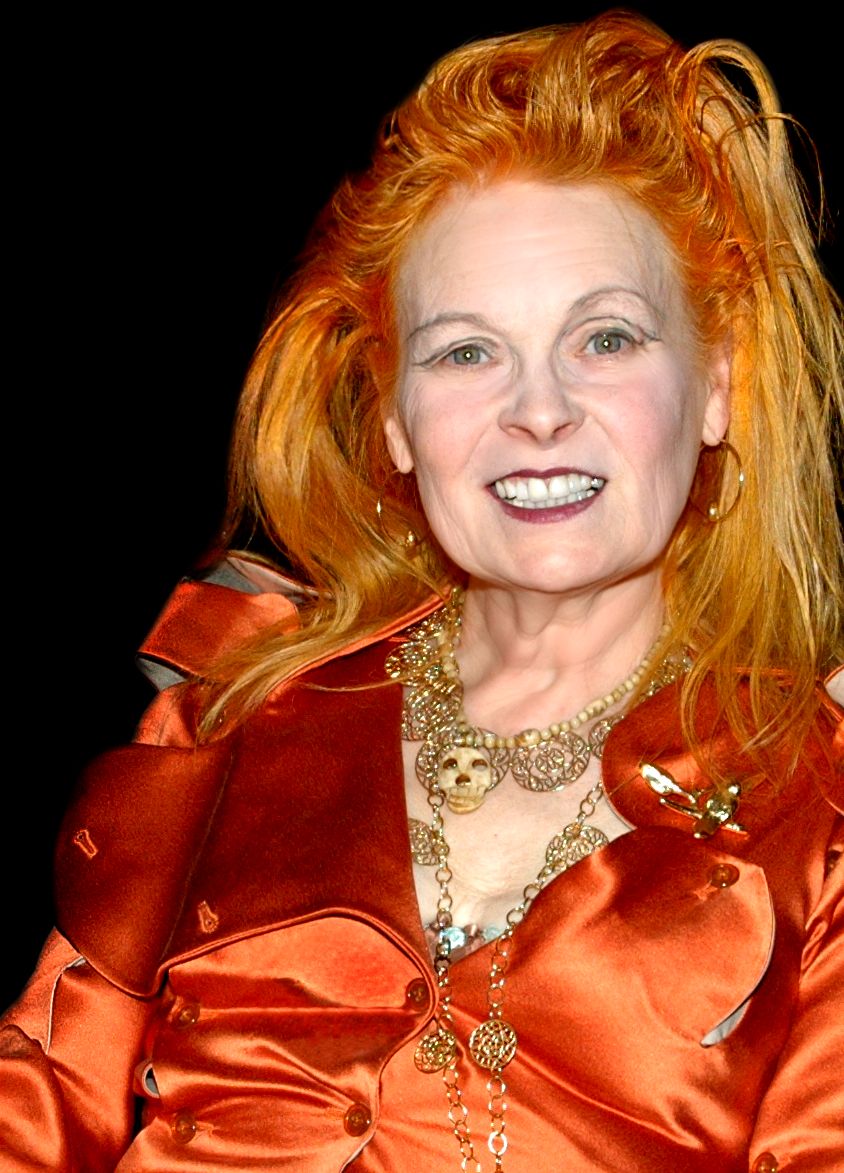Topic 3. Sociology of Fashion and Diffusion of Innovations
Why do Consumers Wear Clothes?
“Dress is an intentional and unintentional modification of appearance, what people do to their bodies to maintain, manage, and alter appearance” (Reddy-Best, 2020). Dressing is an important aspect in our everyday life, yet it can be a complex decision about what to buy and what to wear at a specific location, time, and occasion.
Knowing the reasons that people wear what they wear helps merchandisers offer the products that satisfy consumer needs and, at times, help create a new culture. Many scholars have their own perspectives on the reasons that people wear clothes. The most time-tested postulation may be the four theories proposed by Dunlap (1928):
- Modesty Theory: Originating from the legend of the Garden of Eden, this theory holds that clothing was originally donned to cover genital parts. The practice has changed depending on what people consider “modest” as sexual self-conscious has been refined over time.
- Immodesty Theory: This theory maintains the salacious motivation for wearing clothes by arguing that people wear clothes to attract attention to certain parts of their body. This may be seen in some gown designs that emphasize upper body curves through exaggerated deep v-necklines.
- Protection Theory: People wear clothes to protect themselves from environmental and physical harm. For example, people wear hats and mittens during winter and a wetsuit when surfing.
- Adornment Theory: This theory maintains the notion of “attraction grabbing” but less in a sexual way. It has been developed to include motivation that involves personal decorations and aesthetic expressions. This may include external adornment, such as handbags and hair accessories, and bodily adornment, such as tattoos, plastic surgeries, and make-up.
However, in more recent research, scholars have focused more on the connection between identity and clothing choices on top of aesthetic expressions that were connected to adornment theory.
Consumers make choices about what they wear and how they appear in order to communicate who they are and who they want to be, that is, their identity (Kaiser, 2012). For example, you may wear a Cyclone T-shirt to show your identity as a cyclone when the ISU football team plays the University of Iowa and you will avoid the colors representing the opposing team. At the same time, you may aspire to dress professionally to impress your colleagues during your summer internship at a company that you’d like to work at in the future.
Tensions
From a sociology point of view, fashion develops as a result of a variety of social tensions. These tensions may arise over gender, body, status, and social regulations and push people to adopt and adapt certain outfits or appearances over time.
Eventually, they changed how people viewed these styles. For example, the women’s suffrage movement in the mid-19th century that called for reformation of physical freedom for women, in addition to other women rights, pushed for the adoption of bloomers. Bloomers are typically loose-fitted pants. Unlike the more confining and silhouette-emphasizing garments that women wore long ago, such as corsets and layers of petticoats, bloomers provided freedom of movement and symbolized the evolving gender roles. They were gradually accepted by the wider public as a typical outfit for women.
Style Tribes
The term “style tribe” refers to distinctive groups or subcultures within a society that share similar fashion choices, tastes, and cultural preferences. These groups often form around a shared set of beliefs, values, and aesthetics, leading to the development of a unique and identifiable style within their community. This term was coined by anthropologist and photographer Ted Polhemus who analyzed street styles and the connection between progress in fashion and identity.

Members of a style tribe typically adopt specific clothing, accessories, hairstyles, and other elements that distinguish them from other groups and signal their affiliation to the tribe. These subcultures may emerge as a response to shared interests, social issues, music, art, or political beliefs and therefore form a shared social identity.
A great example of such a subculture and style tribe is punk. The punk spirit is associated with ideas such as non-conformity, anti-authoritarianism, and anti-corporatism. Punk fashion is often characterized by torn jeans, leather jackets, spiked armbands, DIY ornamentation of clothes with studs, and political statements. Vivien Westwood, a UK designer, is particularly known for her role as the punk fashion pioneer.
It’s important to note that style tribes can vary significantly based on geographical location, cultural context, and historical periods. They play a crucial role in shaping fashion trends, pushing the boundaries of creativity and challenging societal norms surrounding appearance and self-expression.

Check out Ted Polhemus’s online gallery for pictures of punk fashion he took and excerpts from his research and books.
Media Attribution
The picture of Vivien Westwood is by Mattia Passeri from Wikipedia Commons licensed under the Creative Commons Attribution-Share Alike 4.0 International.
The picture of punk fashion is by Paul Bence avaiable from Flickr licensed under Attribution-NonCommercial (CC BY-NC 2.0)
References
Dunlap, K. (1928). The development and function of clothing. The Journal of General Psychology, 1(1), 64-78.
Kaiser, S. B. (2012). Fashion and cultural studies. London: Bloomsbury.
Reddy-Best, K. (2020). Dress, Appearance, and Diversity in U.S. Society. Ames, Iowa: Iowa State University Digital Press. https://doi.org/10.31274/isudp.2020.9

